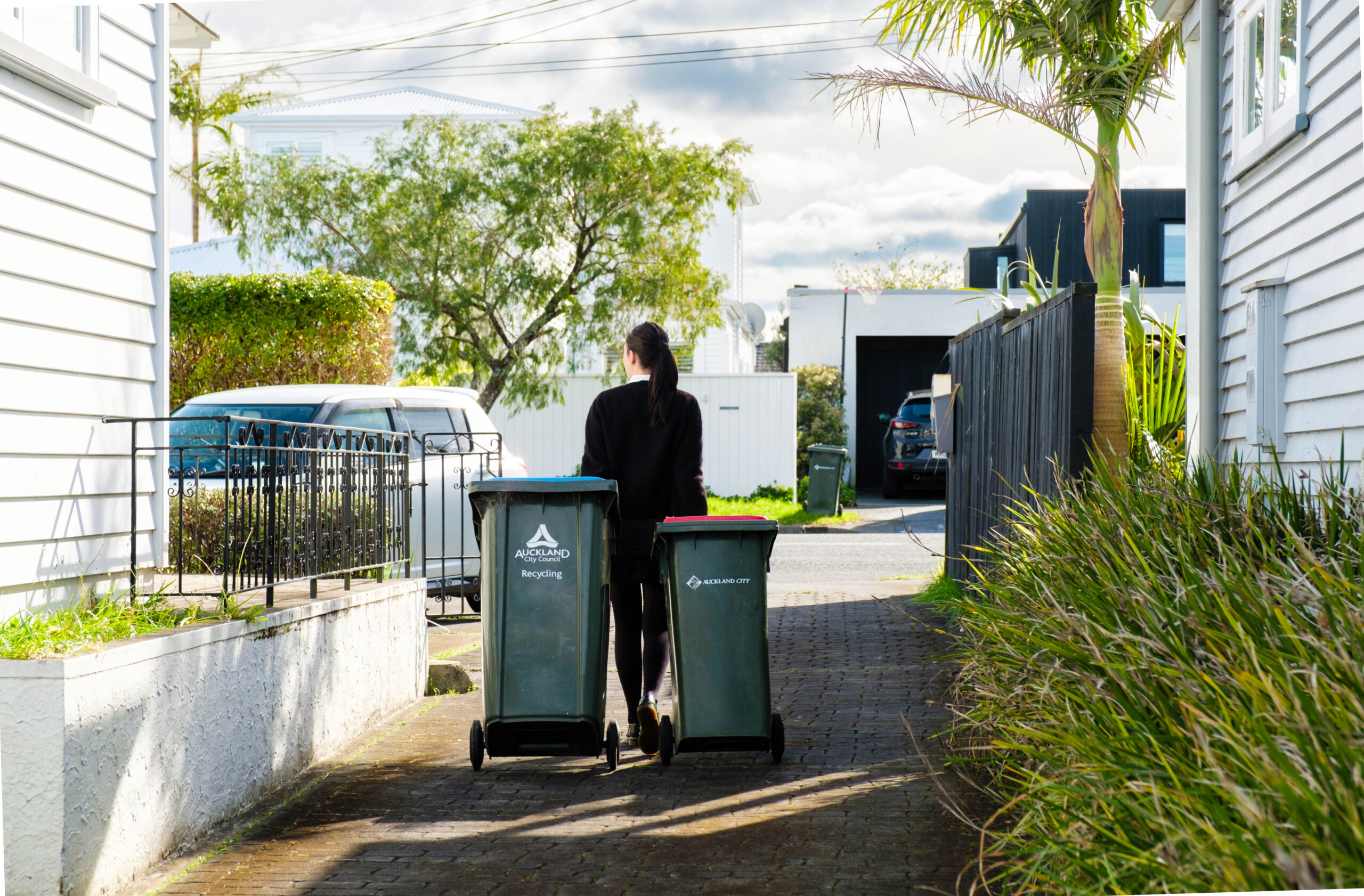Flooding: Section 59 of the RTA explained for tenants and landlords.
If a property is affected by storm water and can no longer be safely occupied (flooding from stormwater is considered a health and safety hazard due to it containing many toxins), then section 59 of the RTA, the destruction of premises, comes into play. You can read this section here, however it can be confusing in parts, so we have summarised it for you.
Section 59 states that if a house or building becomes destroyed, or so damaged that it can’t be lived in, the rent will cease or be reduced. Either the landlord or the tenant can then decide to end the rental agreement. If the landlord decides to end the rental agreement, they must give at least seven days’ notice. If the tenant chooses to end the rental agreement, they must provide at least two days’ notice.
If a house or building is only partially destroyed or damaged, the rent will be reduced and either the landlord or the tenant can ask the tenancy tribunal to end the rental agreement if it is unreasonable for any to occupy the property. This rule does not apply if the damage is caused by something dangerous in the air, as the government has rules for measuring and dealing with that danger (ie meth). There are separate guidelines for that.
Section 59 is a last resort, as neither tenants or landlord are likely to want to end a tenancy. Any available rentals are being snapped up very quickly and hotels and motels are also getting full.
The best solution is for mutual agreements to be reached that satisfy both tenants and landlords. Trying to involve the tenancy tribunal when there has been a wide-spread event like this flooding will be impossible, as there will be thousands of cases for the tribunal to work through. Open and honest communication between tenants and landlords will be the key to working out a mutual agreement. Understanding and empathy will play an important role while working out these agreements. The most important thing is that people can be housed safely.
The RTA is relatively grey about what to do in this current situation, but when determining how much assistance a landlord should provide a tenant, it’s stated that there is that there is no rent due, but landlords don’t have to provide alternative accommodation. However, suppose a tenant decides to end a tenancy with two days’ notice? In that case, a landlord will incur a letting fee, lost rent while finding a new tenant, and other costs associated with changing tenants. These costs should be weighed up against the cost of alternative accommodation contributions for current tenants.
Tenants should also be mindful of rushing in and ending a tenancy. Where will you live? Have you found another property and been accepted as the new tenants? Demand for tenancies is very high; at Aspire Property Management we are being inundated with people looking to sign up the few properties we have listed on Trademe right now.
I’m a private landlord, what should I do?
(Note Aspire will be taking care of the below with our landlords, if you have a property manager, they should be overseeing the relationship with the tenant).
- Contact your tenant and ensure they are safe, and see what assistance they might need. Ask them to document any damage to the property with photos and videos.
—- - Contact your insurance company and see if your policy has any loss of rent, alternative accommodation coverage and tenant contents cover.
—- - Communicate with your tenant, tell them of any insurance cover that you have that might help them. Landlords aren’t legally required to provide alternative accommodation, but if your insurance covers it, then use it.
—– - Come to an agreement with your tenant, and document it in writing.
—-
If the above is not something you are comfortable doing or you need additional advice please feel free to contact us about our property management services.
- Contact your landlord and explain the situation at the property. Document it with photos and videos.
—- - Contact your insurance company and lodge claims for your contents (if you have contents insurance).
—- - If the house is uninhabitable, find alternative, temporary accommodation with family or friends if you can.
—- - If you can’t find accommodation, communicate with your landlord to find out if they have any insurance that will help with temporary accommodation (bearing in mind that landlords have no legal obligation to provide tenants with temporary accommodation or to cover the costs).
—- - Work with your landlord to decide a way forward. Document any decisions in writing.
—-
This is a difficult situation for tenants and landlords. Here are some examples of the different types of resolutions:
Example 1: Jack rents from Jill, and unfortunately, the property floods in a heavy rainstorm. The basement and two bottom bedrooms are affected, but Jack is still able to live upstairs. To make up for the inconvenience, Jill agrees to give Jack a 40% discount on rent while the downstairs is repaired. Everyone’s happy!
Example 2: This time, the storm is even worse and the entire town is flooded. Rising water and sewage leaks into the property, making the property and portions of the grounds completely uninhabitable. Jill is considering ending the tenancy, but Jack and Jill work together to find a solution. Jack will temporarily move into a motel at an additional cost of $150 per week, but they agree to split the cost. This way, Jack has a place to come back to once the repairs are finished and Jill doesn’t have to worry about a long vacancy period. Win-win!
Example 3: Unfortunately, not all tenants or landlords are cooperative. In this scenario, Jack insists on living in a specific location and wants the landlord to pay the entire difference in cost. Jill doesn’t think this is reasonable and they can’t come to an agreement. The tenancy ends under section 59 and both parties end up worse off. Jack has to pay an extra $450 per week and Jill has to spend extra time finding a new tenant. This is definitely not the best outcome for anyone.
Landlords aren’t legally required to provide alternative accommodation, but if insurance covers it, then landlords should be willing to use it to provide the best outcome for both parties. If insurance doesn’t cover the extra cost, landlords should still consider the benefits of keeping the existing tenant. Working together to find a solution that benefits both parties is important.
Section 59 of the RTA has many grey areas, and our advice at Aspire Property Management is that it should only be used if all available options to work out an alternative solution are exhausted.








